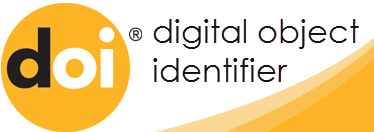STRATEGIES FOR TRANSLATING IT TERMINOLOGY FROM ENGLISH TO UZBEK
Abstract
This article explores translation methods for IT terminology from English to Uzbek, focusing on transliteration, borrowing with adaptation, descriptive translation, and neologisms. Transliteration involves representing English terms using Uzbek characters, promoting consistency but posing challenges for native speakers. Borrowing with adaptation aligns terms with Uzbek linguistic roots, enhancing comprehension but requiring knowledge of Uzbek grammar. Descriptive translation breaks down complex concepts for clarity, catering to diverse audiences. Neologisms contribute to language development but necessitate consensus within the linguistic community.
References
Sinclair, J. (1991). Corpus, Concordance, Collocation. Oxford: Oxford University Press.
Sharafutdinova, L. (2014). English borrowings in Uzbek IT terminology. Linguistics, 52(6), 1367-1392.
Campbell, S., & Singh, R. (Year). The Influence of English as the Lingua Franca of the IT Industry. Journal of Language and Communication in Technology, 15(3), 45-63.
Kallimni, M. (2015). A Corpus-Based Study of English IT Terminology and Its Translation into Arabic. Arab World English Journal, 6(4), 83-98.
Javlon Abdullo - Mukammal dasturlash 2. JavaScript. - Toshnent: Akademnashr, 2022 – b 13
Peng Tao. Computer professional English vocabulary teaching [J]. Journal of Computer Education, 2010 (10) : p 107-110.











